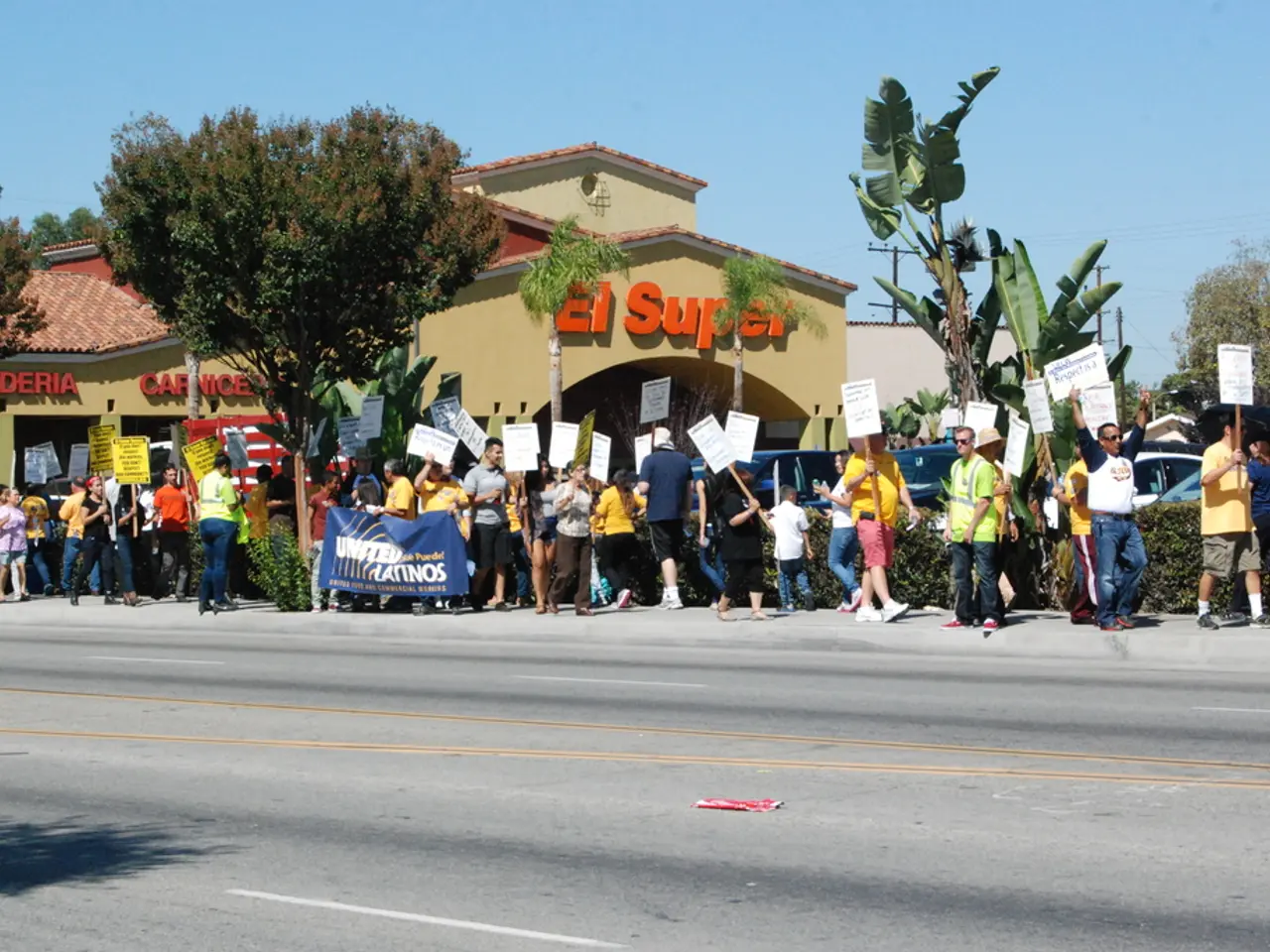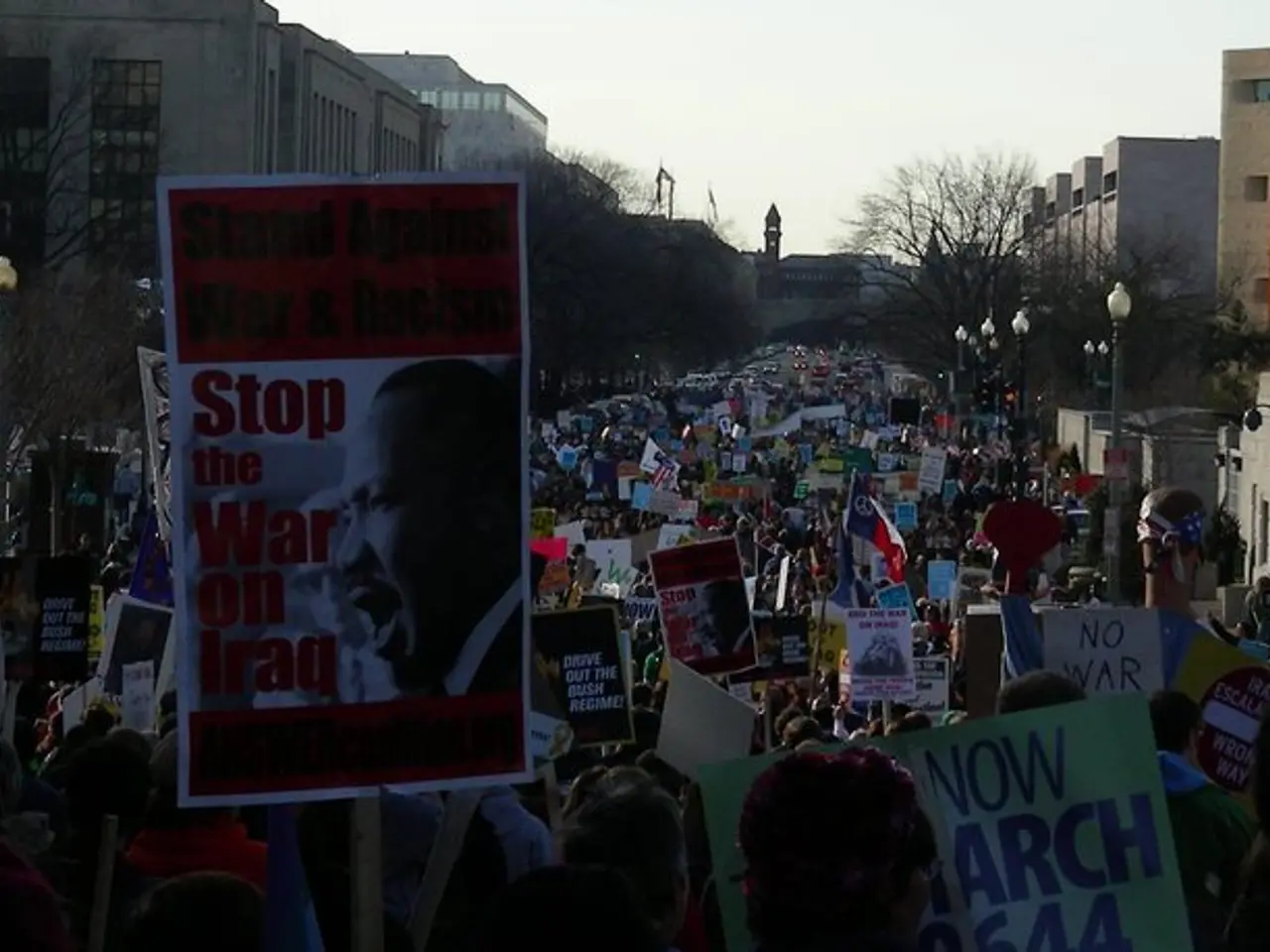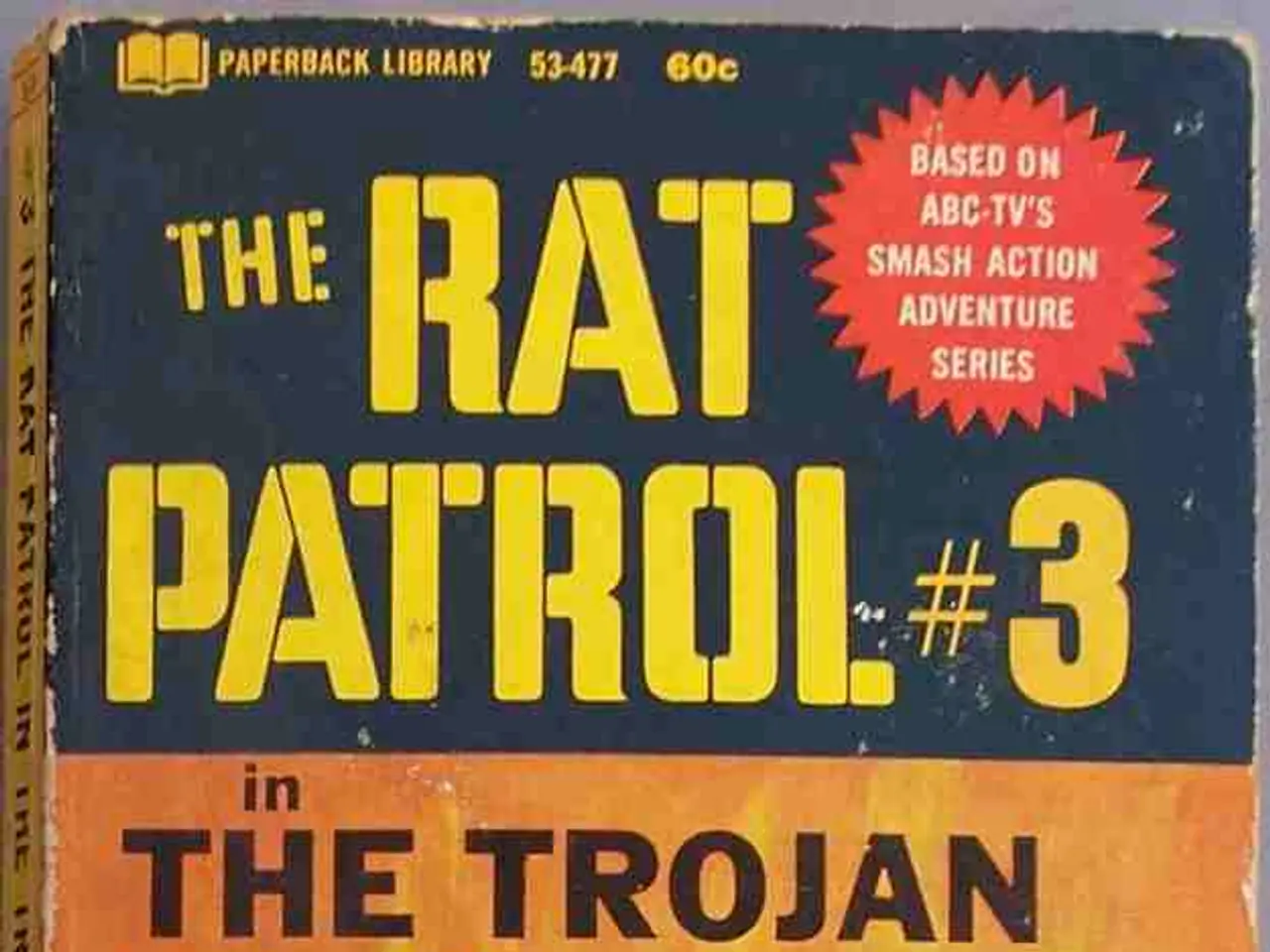Palestinians Suffer Heavy Losses: Israel Bombards over 100 Targets in Gaza, Killing 38 Individuals
The Israel-Palestine conflict, now in its 21st month, has seen recent developments focused on a proposed 60-day ceasefire amid ongoing hostilities and humanitarian crises. The ceasefire proposal, mediated by the United States, Egypt, and Qatar, outlines several key conditions.
The ceasefire agreement, while not guaranteeing a permanent end to the war—which Hamas demands—includes negotiations for a permanent ceasefire to take place during the 60 days. Former U.S. President Donald Trump is said to personally guarantee Israel's adherence to halting military operations during this ceasefire, aiming to reassure Hamas that fighting will not resume unilaterally as it did in March 2025.
Hamas has proposed amendments to this ceasefire framework, including extending the talks on a permanent ceasefire until a final agreement is reached after 60 days, full resumption of aid under the United Nations system, and Israeli withdrawal to pre-March 2025 positions, notably the Mirage corridor. Israeli officials have rejected these new demands as unacceptable but continue to engage in talks.
The conflict itself remains intense, with Israel resuming large-scale military campaigns in March 20225, including ground operations in Gaza and surrounding areas. The ongoing blockade has created famine-like humanitarian conditions in Gaza, drawing criticism from the United Nations due to restricted aid distribution and its severe impact on civilians.
In summary, the key points in current negotiations are:
| Aspect | Proposal Details | Parties’ Demands/Concerns | |-------------------------|----------------------------------------------------------------|----------------------------------------------| | Ceasefire Duration | 60 days | Hamas wants permanent ceasefire talks extended until agreement[2][3] | | Hostage Release | Hamas to release 10 living and 18 dead hostages[2] | Families demand all hostages be released[3] | | Israeli Military Action | Withdrawal to buffer zones along Gaza borders[2] | Hamas demands withdrawal to pre-March 2025 positions[3] | | Humanitarian Aid | Aid under UN and Palestinian Red Crescent; dispute over Gaza Humanitarian Foundation’s role[2] | Hamas insists on full aid under UN mechanism[3] | | Enforcement Guarantee | Trump personally guarantees Israel’s adherence to ceasefire[2] | Hamas seeks reassurances to prevent unilateral resumption of fighting[2] |
These negotiations occur amid ongoing violence and a worsening humanitarian crisis, with regional instability also heightened due to spillover involving Hezbollah, Iran-backed forces, and other militant groups.
Israeli Prime Minister Benjamin Netanyahu is preparing to fly to Washington for talks at the White House aimed at pushing forward cease-fire efforts. The planned talks in Qatar come ahead of Netanyahu's planned visit to Washington on Monday to meet U.S. President Donald Trump to discuss the deal. The outcome of these negotiations will be crucial in determining whether a cessation of hostilities can be achieved.
- The ongoing negotiations over the Israel-Palestine conflict, focused on a proposed 60-day ceasefire, involve discussions on a permanent ceasefire, humanitarian aid, hostage release, and Israeli military action, with each party advocating for their demands and concerns.
- The ceasefire agreement, which Trump personally guarantees for Israel, includes a provision for negotiations on a permanent ceasefire but falls short of Hamas's demand for an extension until a final agreement is reached.
- The world watches the ongoing negotiations with bated breath, as the conflict, marked by war-and-conflicts, has worsened the humanitarian crisis in Gaza and garnered attention in the realm of general-news, with crime-and-justice issues, including hostage situations, also surfacing.







